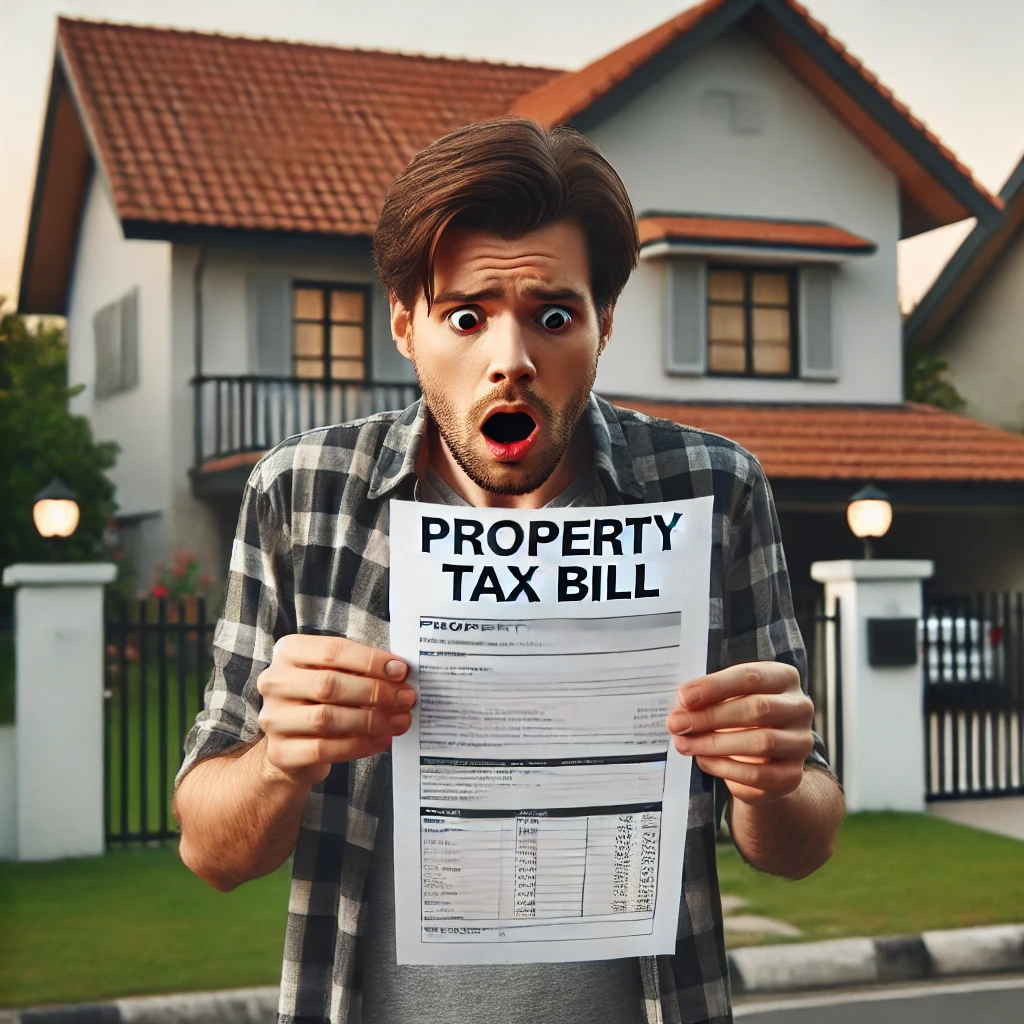In November, the Burbank Unified School District plans to propose a new bond to address its funding challenges. The bond will be on the ballot this year.
Funding Disparities: The funding issues for school districts, including Burbank, are influenced by several factors. Notably, districts with a higher proportion of foster children, English learners, and special needs students receive significantly more funding compared to districts like Burbank. For instance, the Los Angeles Unified School District receives approximately twice as much funding per student as Burbank. This disparity is partly because Burbank’s property tax revenues are sent to Sacramento and are used to support other districts, including Los Angeles Unified. Burbank is ranked 9th in the county for property tax revenue, generating significantly more revenue than many other cities. Burbank also has quite a few billion-dollar corporations headquartered here and their tax revenues pay for school funding.
Impact of the Bond: Voting “Yes” on the school bond will result in higher property taxes or increased rent. Additionally, businesses will see higher costs as property owners may pass these increased taxes on to tenants and, subsequently, to customers.
Current Tax Situation: The district claims that this bond will not constitute a new tax. However, this assertion is misleading. Previous bonds will expire, which provides tax relief. Therefore, any new bond proposed in November will result in an additional tax on property.
Potential Costs: A typical home in Burbank will face approximately $30,000 in increased property taxes over the life of the bond. This increase will also affect businesses and their customers due to the pass-through effect of higher costs.
To calculate the total cost of a bond on a home with a starting value of $1.1 million, with a 2% annual increase in assessed value over 30 years, we’ll need to follow these steps:
- Calculate the Assessed Value Each Year: Starting with $1.1 million and increasing it by 2% each year, which is the maximum amount the assessor can increase the assessment for the owner.
- Calculate the Annual Cost: Using the bond cost per $1,000 of assessed value.
- Sum the Total Cost Over 30 Years.
1. Assessed Value Calculation
The formula for calculating the value of an asset that increases by a constant percentage each year is:
Value_n = Value_0 × (1 + r)^n
Where:
- Value_n is the value after n years.
- Value_0 is the initial value ($1.1 million).
- r is the annual increase rate (2% or 0.02).
- n is the number of years (30).
For each year, the assessed value is calculated as follows:
- Year 1: $1,100,000 × (1 + 0.02) = $1,122,000
- Year 2: $1,122,000 × (1 + 0.02) = $1,144,440
- and so on.
2. Cost Per Year
Using the estimated bond cost of $0.655 per $1,000 of assessed value:
- Year 1 Cost: $1,122,000 / $1,000 × $0.655 = $735.81
- Year 2 Cost: $1,144,440 / $1,000 × $0.655 = $750.37
3. Total Cost Over 30 Years
To find the total cost, sum the annual costs over 30 years. This can be done using the formula for the sum of a geometric series:
Total Cost = Cost_0 × ((1 + r)^n – 1) / r
Where:
- Cost_0 is the initial annual cost.
- r is the annual increase rate (2% or 0.02).
- n is the number of years (30).
Using the values:
- Initial Cost: $735.81
- Annual Increase Rate: 0.02
- Number of Years: 30
Total Cost = 735.81 × ((1 + 0.02)^30 – 1) / 0.02 Total Cost = 735.81 × ((1.02)^30 – 1) / 0.02 Total Cost = 735.81 × (1.811 – 1) / 0.02 Total Cost = 735.81 × 40.55 Total Cost = 29,786.68
Summary
The total cost of the bond over 30 years, for a home starting at $1.1 million with a 2% annual increase in assessed value, would be approximately $29,786.68, assuming the cost per $1,000 of assessed value is $0.655.


